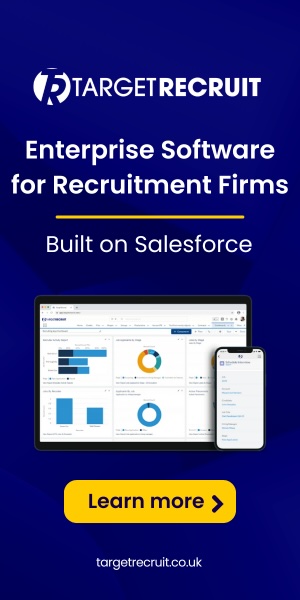What companies can do to boost the confidence of an older workforce
New LinkedIn research has shown that 72% of UK business leaders have actively been attempting to hire experienced workers who retired as a result of the pandemic.
However, despite companies trying to recruit from this demographic, the research also indicated that 38% of those aged 50+ felt they would be disadvantaged because of their age. Furthermore, 26% feel that they don’t have the right skills.
Additional LinkedIn data shows that, in the UK, “Baby Boomers” (those aged 58-76) and “Gen X” (those aged 42-57) have historically had, and continue to have, lower confidence in ‘getting/holding a job,’ compared to younger generations.
There are however steps that companies can take to attract experienced talent, promote inclusivity, and boost the confidence of these experienced individuals.
Derval Blehein, HR Leader for EMEA and LATAM at LinkedIn, commented: “Employers who actively invest in overcoming ageism in the workplace can unlock a wealth of talent – we know diverse teams win, and diversity of thought gained through age and experience is a critical component of this equation. However there is work to be done to ensure that hiring processes are inclusive across all age groups.
Employers who take a skills-based approach to hiring can help diminish bias towards certain generations. By focusing on a candidates’ transferable skills, employers will broaden their talent pools and increase diversity in their workforce. Over time, this hiring approach will widen age profiles in industries that typically favour a certain age group.
Flexibility is vital to encourage all, and especially older, workers to remain in the workforce. LinkedIn data shows that flexible work is highly valued across all generations – allowing people to work productively, whilst protecting time to pursue other commitments such as family and caring responsibilities. However, these initiatives need to be matched with remote-first tech support for those who may be less confident in their ability to set themselves up for success while working from home.
Employers should consistently review, tailor and update their benefits packages so that each generation’s needs are met. A good example of this is offering flexible benefits which individuals can easily tailor to their own needs. Taking the time to adjust employee benefits and training to each life stage will not only help to boost employee satisfaction but will also positively impact retention across demographics.”












